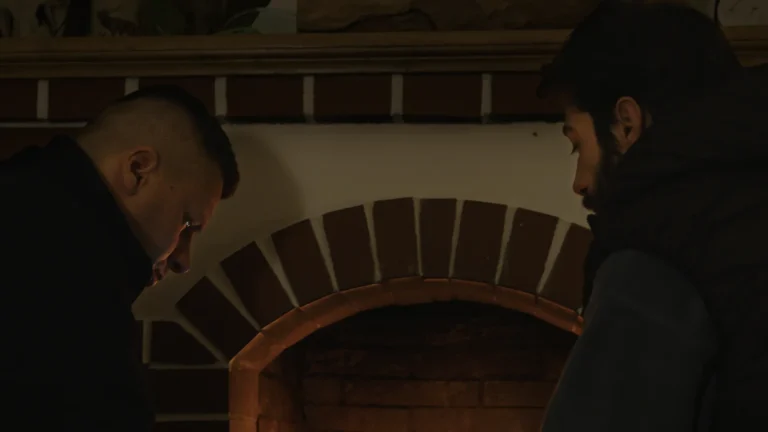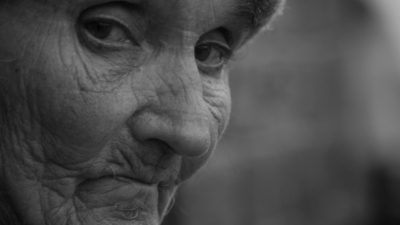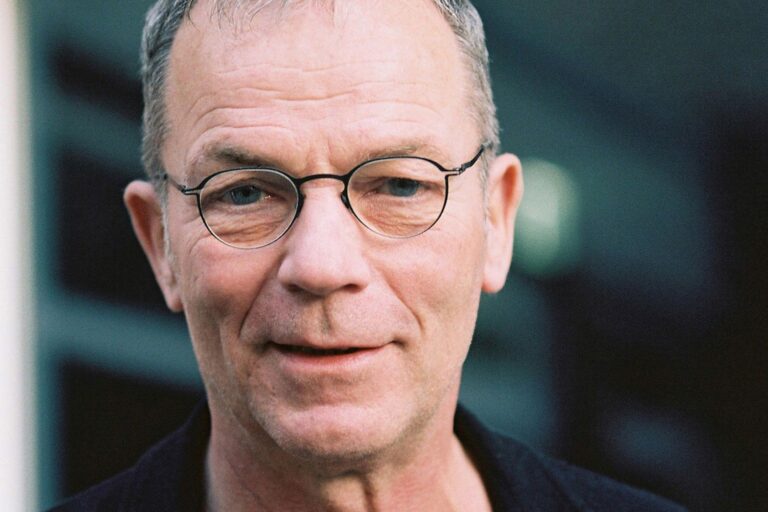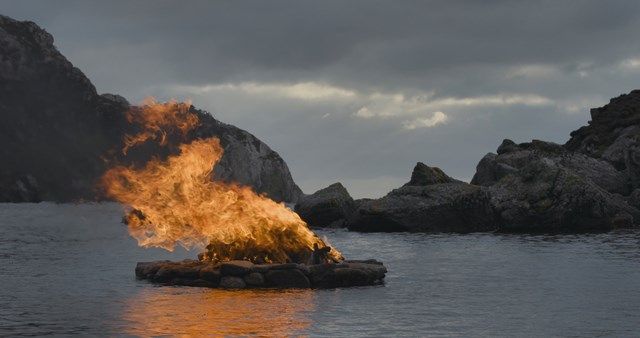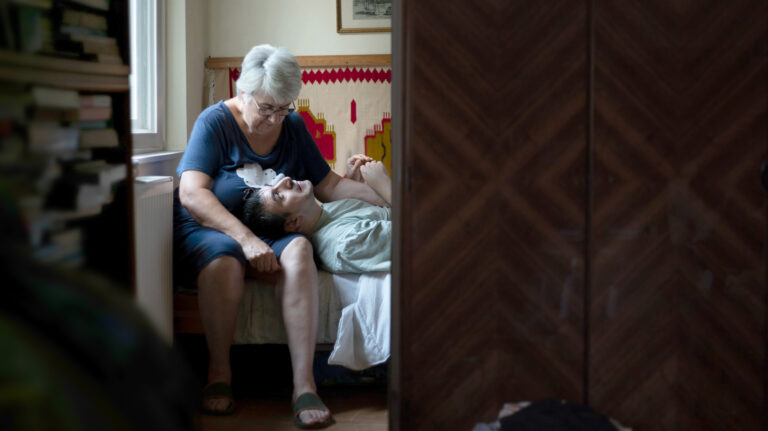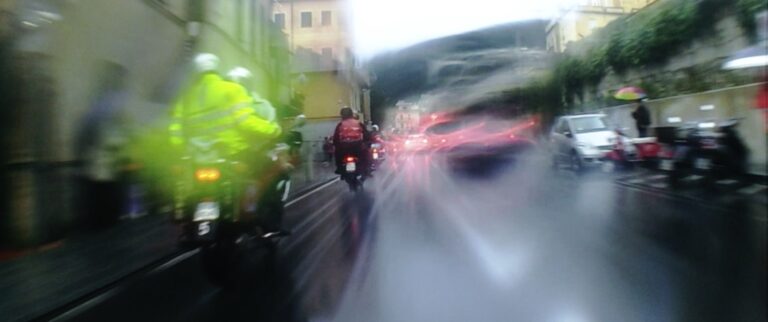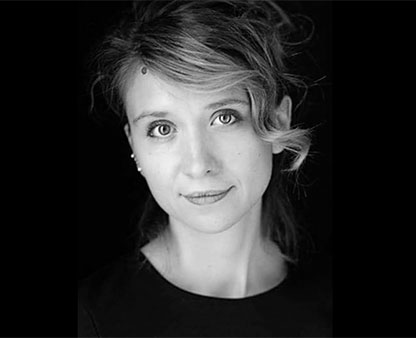

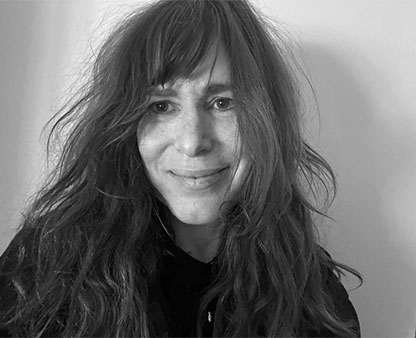
Allan Berg om Jon Bang Carlsen
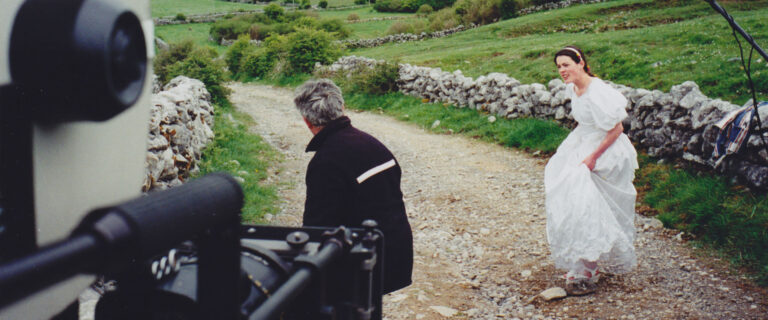
IT’S NOW OR NEVER OG HOW TO INVENT REALITY (1996)
Når Jon Bang Carlsen i It’s Now or Never lader de medvirkende i Vestirland spille løs, ikke deres egne liv, men digtede liv, ikke i deres egne huse, men i huse, han har fundet velegnede til den særlige stemning, han ønsker i sin film, kunne man hævde, det ikke længere er dokumentarfilm, han laver, men fiktion. Men egentlig er det lige meget, blot det er en enestående oplevelse. For så er alle midler tilladte, skrev juryen i sin begrundelse for at give ham grand prix på Dansk Film Festival i Odense (1996). ”Vi behøver ikke at klassificere et sådant værk som det ene eller det andet. Det er bare en glæde at tage imod med åbent sind”. Som Christian Braad Thomsen fortæller om Karen Blixen i sin film om hende: ”Hun digtede frejdigt om på sandheden for skabe sand digtning.”
Og Bang Carlsen har villet lave et sandt filmdigt om en fattig tilværelse omgivet af stor skønhed på den barske Atlanterhavskyst. Hovedpersonen Jimmy køber en ny ko. Den kan tydeligt ikke lide ham (eller filmholdet?) og vil kun nødtvunget ind i hans gård. Og sådan går det formodentlig også, da han omsider gennem en ægteskabsmægler får kontakt med en kvinde at gifte sig med. Filmen slutter netop som kontakten er etableret. Jimmy har stillet samme nøgterne krav til konen som til koen. Hun skal kunne malke, den give mælk.
Det er godt, at Bang Carlsen lavede How to Invent reality også, mens han var i Irland. Den samme historie for så vidt, men set fra kulissen med alle snorene, billedernes bagsider og skkuespillernes ventetider, så deres persona demaskeres. Og vi ser hvor tynd masken er, hvor vellignende.
Formen er jo set før, et dokumentarhold følger filmoptagelserne og portrætterer instruktøren. Her bliver det noget mere, meget mere. Bang Carlsen udvider værket med et selvportræt, fortæller løs om, hvad det var, han ville, hvordan han gjorde, og hvordan han syntes, det gik. Praktisk og i rask tempo. Det bliver til en hverdagstekst fuld af arbejdsdagens rigdom og filmisk teori. Og humor. En vældig tekst er den film, om det at lave et billede, et kunstværk.
Mange siger, at How to Invent Reality er en bedre film end It’s Now or Never. Jeg slutter mig til. Jeg ser også problemerne i It’s Now or Never. Synes, at filmen har opbrugt sin energi langt før slutningen, mener at hovedpersonen slet ikke er stærk og interessant nok til at bære så mange gentagne ture. Han synger titelmelodien mindst én gang for meget. Og jeg synes også, at den meget mindre villende journalfilm, som registrerer og diskuterer kunstværkets tilblivelse, har den charme, hvormed skitsen i gamle dage overgik udstillingsbilledet i intensitet. Men det er også sådan, at dette filmessay var meningsløst uden dokumentarfilmen, det diskuterer. Tilsammen er de film et forunderligt værk om nogle kantede mænd, som forsøger at nærme sig det eksistentielle og det poetiske. De er så forsigtige med deres grove hænder og ekstremt gearede motorik, at de nok ikke når at røre ved den kærlighedsfølelse, projektet gælder. Vi får næppe øje på følelsens fossil i deres bjerge af kroppe. Til gengæld bliver følelsen heller ikke kvalt i udpensling. Den er stadig den lyslevende længsel.
Danmark 1996, 45 min og 31 min.


